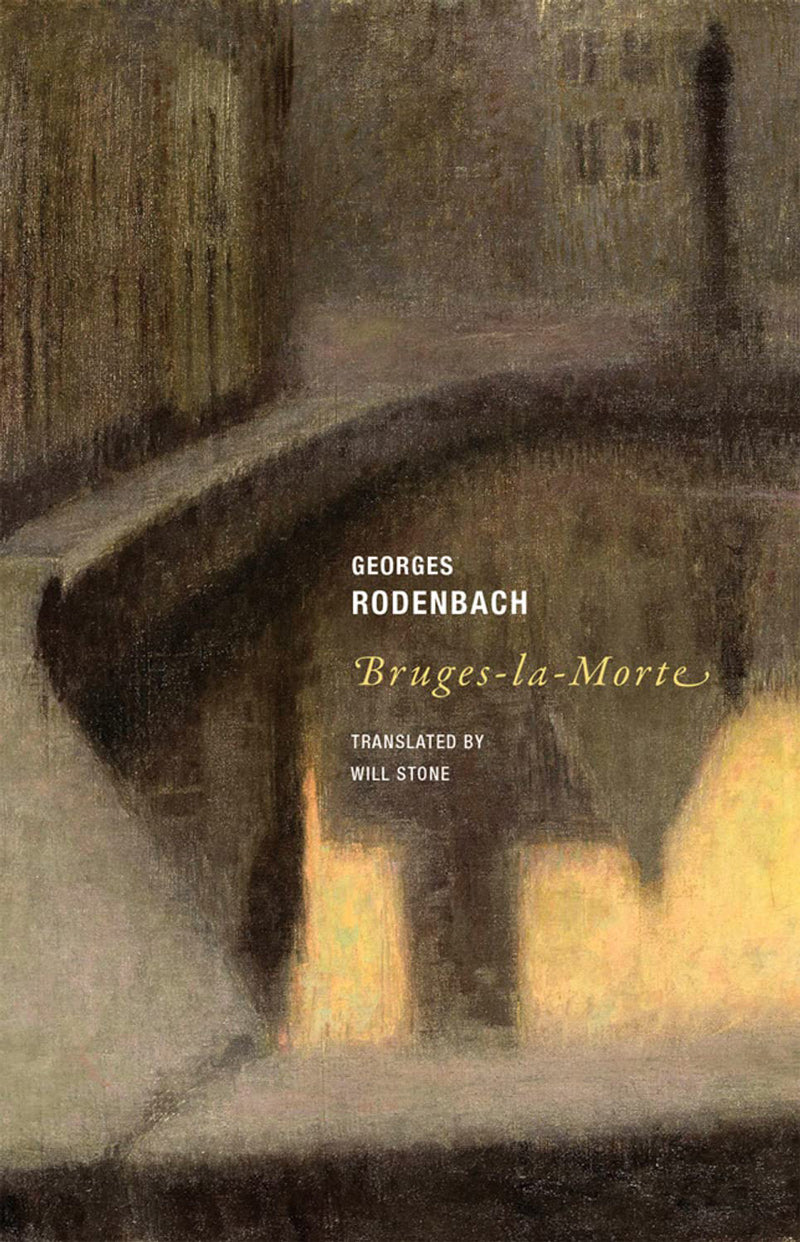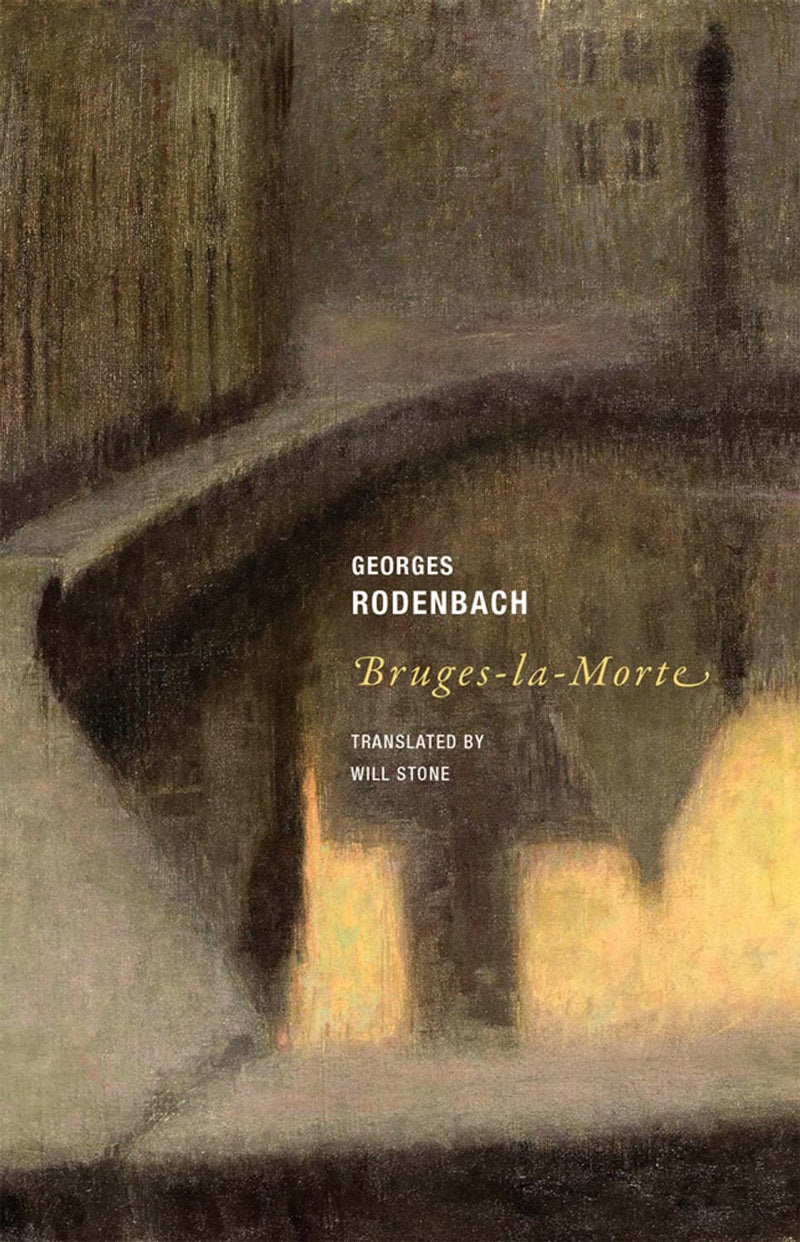Bruges-la-Morte
Bruges-la-Morte
Georges Rodenbach
Couldn't load pickup availability
Translated, with an introduction, by Will Stone / August 2022 / 4.5 x 7, 192 pp. / 978-1-939663-81-8
A widower, Hugues Viane, takes refuge in the decay of Bruges, living among the relics of his dead wife as he transforms his home and the very city he inhabits into her spatial embalmment. Spinning out his existence in a mournful, silent labyrinth of entombed streets and the cold arteries of canals, Viane takes comfort in his narcissistic delirium, living both for and within his deceased love, until his world is shaken when he meets his wife’s doppelganger: a young dancer encountered in the street, whose appearance conjures a sequence of events that will introduce the specter of reality into his ritualist dream-state to disastrous effect.
Regarded by many as the archetype of the symbolist novel, Bruges-la-Morte, first published in 1892, remains Georges Rodenbach’s most famous work: a carefully woven tapestry of death and melancholy that has seen numerous cinematic and operatic adaptations and inspired the source material for Alfred Hitchcock’s Vertigo. It was also precursory to works by such authors as André Breton and W. G. Sebald in being the first novel to use photographs as illustrations—to allow readers, as Rodenbach put it, to “be subject to the presence of the town, feel the contagion of the neighboring waters, sense in their turn the shadow of the high towers reaching across the text.”
Georges Rodenbach (1855–1898) was one of the major figures of Belgian symbolism, opening the door to a new literary direction from the stultified Romanticism that had held sway in his country until then. He was an essential bridge between the Belgian and Parisian literary scenes, and a friend and colleague of such Belgian literary figures as Emile Verhaeren, Max Elskamp, and Maurice Maeterlinck, and such Parisian figures as Stéphane Mallarmé and Joris-Karl Huysmans. He was the author of four novels, eight collections of verse, and numerous short stories, plays, and critical works. “If it were necessary to assign Rodenbach a place in Belgian literature,” wrote Emile Verhaeren, “it would be easy to define. He would stand in the premier rank of those whose sorrow, pain, subtle sentiment and talent nourished by memory, braid a crown of pale violets on the brow of Flanders.”
Press
“In a cautionary tale where the water of its canals mirrors a dead city and tawdry dancers seem to resemble dead wives, the book asks us to consider how photographs don't accurately reflect the world, or rather what kinds of treachery can lie beneath their surfaces.”
—Aaron Peck, TLS


